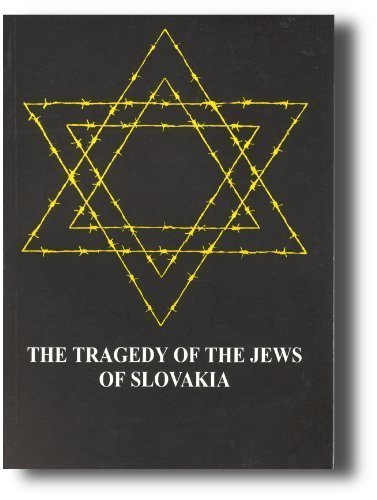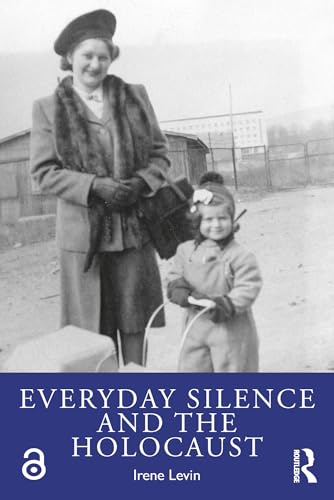
The Tragedy of the Jews of Slovakia
by Wacław Długoborski
"1938-1945 : Slovakia and the "Final Solution of the Jewish Question""
Popularity
1.11 / 5
* A book's popularity is determined by how it compares to all other books on this website.
Where to buy?
Buy from Amazon* If you buy this book through the link above, we may receive a small commission at no extra cost to you.
The Tragedy of the Jews of Slovakia by Wacław Długoborski
Details
War:
World War II
Perspective:
Researcher
True Story:
Yes
Biography:
No
Region:
Europe
Page Count:
370
Published Date:
2002
ISBN13:
9788388526152
Description
Main Themes and Topics
The Tragedy of the Jews of Slovakia by Wacław Długoborski delves into the harrowing experiences of the Jewish community in Slovakia during the Holocaust. The book focuses on the systemic persecution and deportation of Slovakian Jews, offering a detailed account of this tragic period in history. Długoborski meticulously examines the socio-political dynamics of Slovakia during World War II, exploring how elements of collaboration, resistance, and survival played out amidst escalating anti-Semitic measures. By combining personal testimonies with historical analysis, the book sheds light on the cultural and human losses suffered by the Jewish population in Slovakia.
Writing Style and Tone
Wacław Długoborski's writing style is both scholarly and accessible, making complex historical events understandable to a broad audience. His tone is serious and respectful, reflecting the gravity of the subject matter. Długoborski employs a narrative approach that interweaves statistical data with poignant personal stories, creating a powerful tapestry of historical documentation. This method allows readers to engage emotionally while acquiring a comprehensive understanding of the events described.
Criticism
While The Tragedy of the Jews of Slovakia is praised for its thorough research and empathetic portrayal of its subjects, some critics point out that the detailed historical data may overwhelm readers who are less familiar with the historical context. Additionally, the book's academic tone, while suitable for scholarly audiences, might present a challenge for lay readers seeking a more narrative-driven account. Despite these criticisms, the book is recognized as an essential contribution to Holocaust studies, particularly in the context of Slovakian history.
Brief Summary
The book covers the dire circumstances faced by Slovak Jews from the onset of World War II through the Holocaust. Długoborski presents an insightful analysis of the legislative and societal mechanisms that facilitated the exclusion, dispossession, and deportation of Jews. He provides in-depth coverage of the historical figures and events that contributed to the community's suffering, highlighting both local and international influences. The narrative is enriched by personal stories that reveal the resilience and despair of individuals amidst overwhelming adversity.









